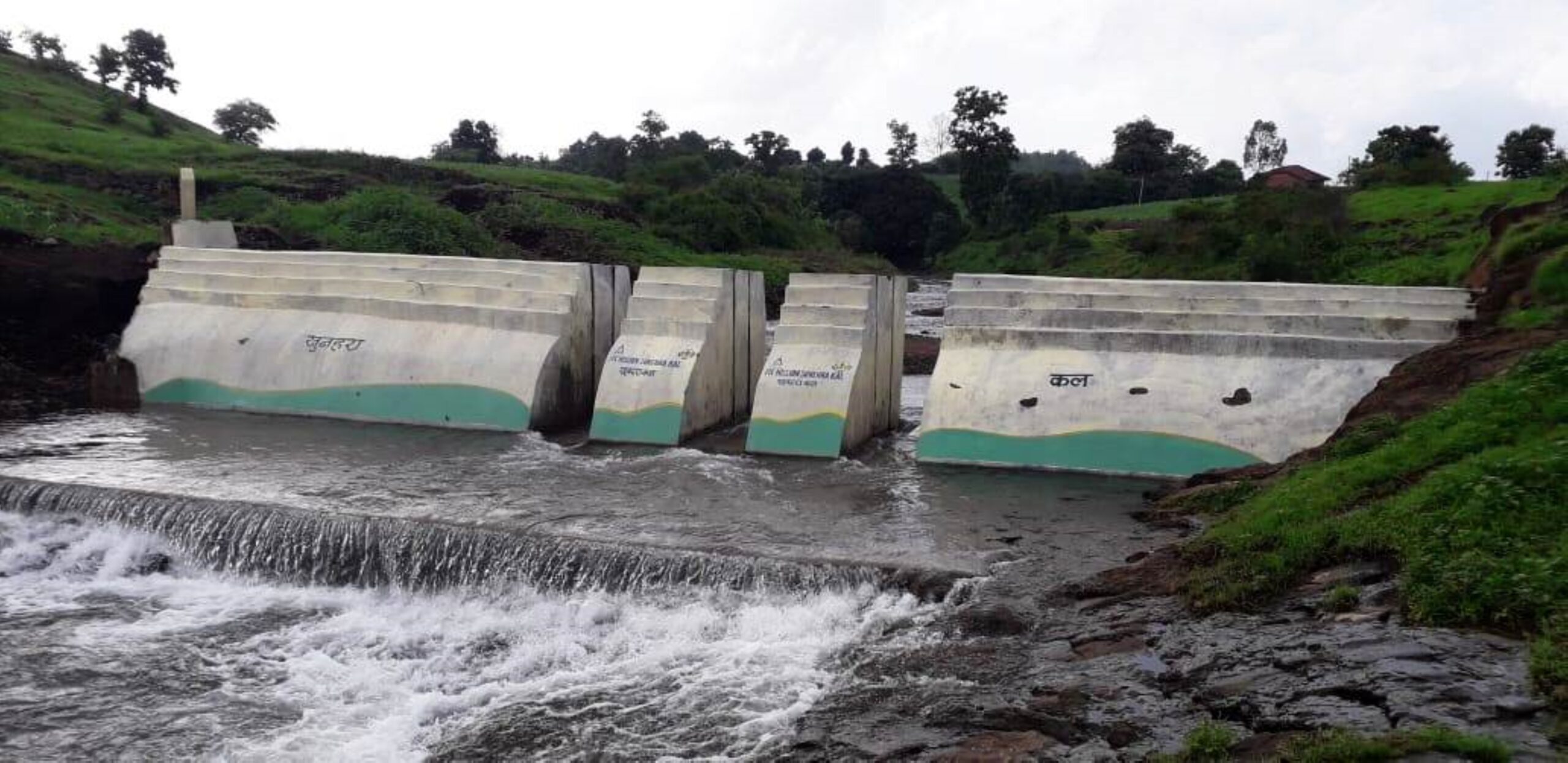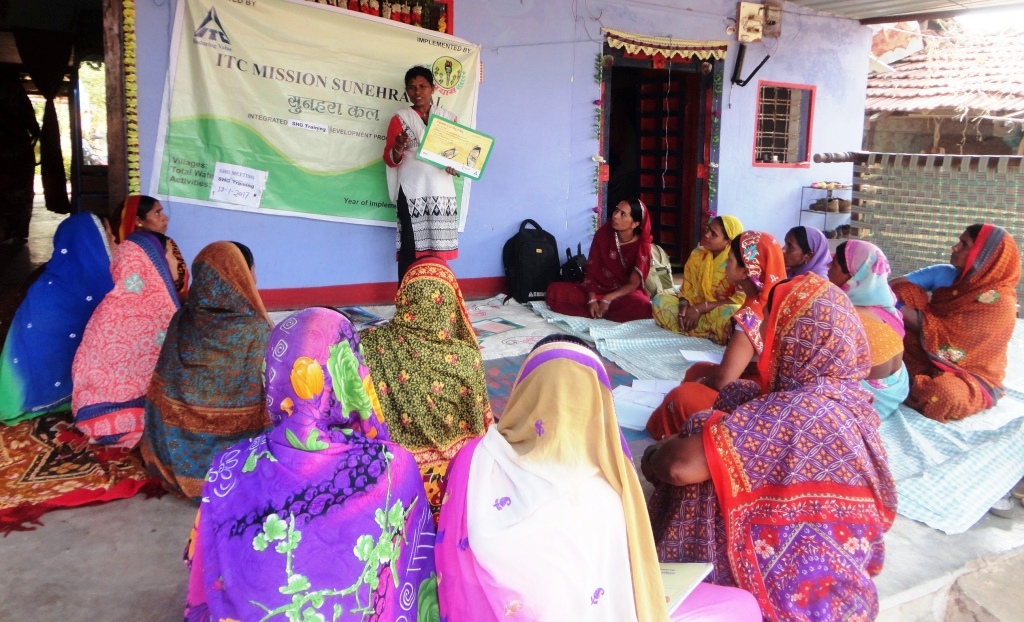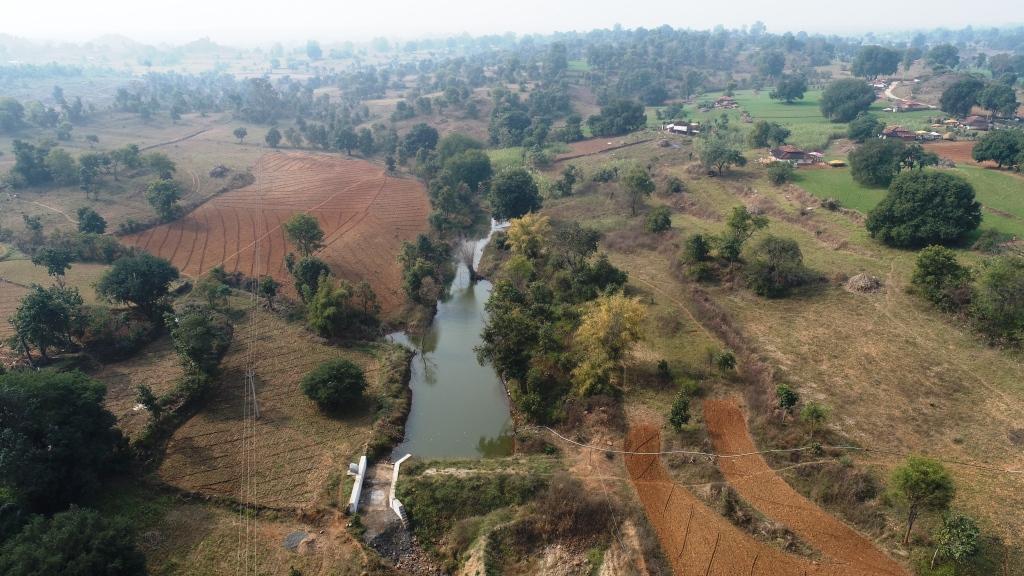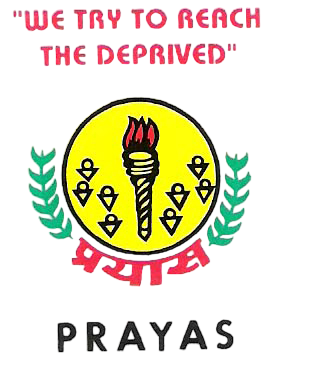Soil and Water Conservation

IDYWC collaborates with the community to develop action plans for managing and recovering the level of groundwater and irrigation systems due to water shortages and the necessity of safe potable water for irrigation. The Soil and Water Conservation (SWC) theme especially targets the Junnardeo, Tamia, Mohkhed, and Harrai blocks of Chhindwara district, because of water shortages and the importance of safe potable water for irrigation IDYWC works in partnership with the community to develop action plans for managing and restoring the level of groundwater and irrigation schemes. The rehabilitation of irrigation schemes increases water supply and household food security. Furthermore, IDYWC promotes the development of techniques for water resource management. ... It also encourages opportunities for improved agriculture in this area and build innovative structures to combat soil erosion. This includes reducing the depletion of soil fertility and soil acidity. Through SWC programme sustainable agricultural production systems are introduced, such as diversification, management of inputs, and conservation tillage. Therefore, it became a boon for villagers to address the issue of compulsory migration and ensure food security for the entire year. Promoting best grazing systems and erosion prevention practices to improve production. It aims to develop and maintain agricultural activities in accordance with the principles of ecologically sustainable development. It also ensures that economic and social development opportunities are realized by improving grazing areas and maintaining viable grazing areas throughout rural. To achieve the set of objectives and anticipated results the Soil and Water Conservation activities are categorized broadly as:
Soil and Water Conservation Activities
Capacity and Institutional Building
Under capacity and institutional building, Village Watershed Committees (VWCs) and Water User Groups (WUGs) are formed at the village level ...
Work is being done to generate awareness among people through initial meetings and discussions. Further, strengthening these groups through exposure visits, workshops and other public events.


Natural Resource Management [NRM]
Under watershed development/natural resource management, we regenerate the ecology through planned mechanical measures as a key element of the strategy It consists of forests, public lands including wastelands, streams, rivers, tanks etc. Since the beginning of the program from 1994 to today in total 39,927 Hectors land has treated by giving the following treatments. Soil and Moisture Conservation includes Field bunding, Loose Boulder, Stone Bund, Gabion Structure/LBS...
Water Resources Development: The activities mainly focused on development of water resources through construction of Check dam/Stop Dam, Irrigation Tank, Farm Pond.
Biomass Development: To enhance the biomass cover in the region are Bund Plantation, Agro. forestry, Horticulture, Pasture/Common Land Development and Nursery Development. A group of villagers, formed in the project area is playing a vital role in protecting the plantation taken up.
Improved Agricultural practices
Farmer Field School (FFS): The main objective is to make agriculture sustainable by utilizing locally available inputs to the maximum extent and closely monitor the changes that occur in the soil condition due to such interventions. A Farmer Field School which acts as a center for information dissemination is running with 25 to 30 farmers, who have organized front line demonstrations to display the benefits of new age agricultural practices.
Soil Testing: To determine nutrient content, composition, and other characteristics such as the acidity or pH level Soil testing has considered as the best way to find out how much lime and fertilizer to apply based on the crop and existing field conditions in the area.
Renewal Energy: IDYWC is expecting to provide additional benefits for farmers with small, medium and big capital, through the recycling of organic waste into renewable resources to produce high-value production, such as organic fertilizer (liquid and solid), animal feed, and sources of biogas energy.
Promoting Bio-gas plants in its working area for domestic use which has been adopted by 206 families of Jamai block. Home Biogas is a system that converts organic food and animal waste into biogas for cooking. It helps in agriculture as the byproduct of biogas, helps in the production of organic fertilizers and most importantly using of biogas helps in reducing air pollution and makes eco-friendly environment. Therefore, efforts are being done to popularize Bio-gas and reduce the chances of inhaling open-fire smoke, especially for women’s health.
